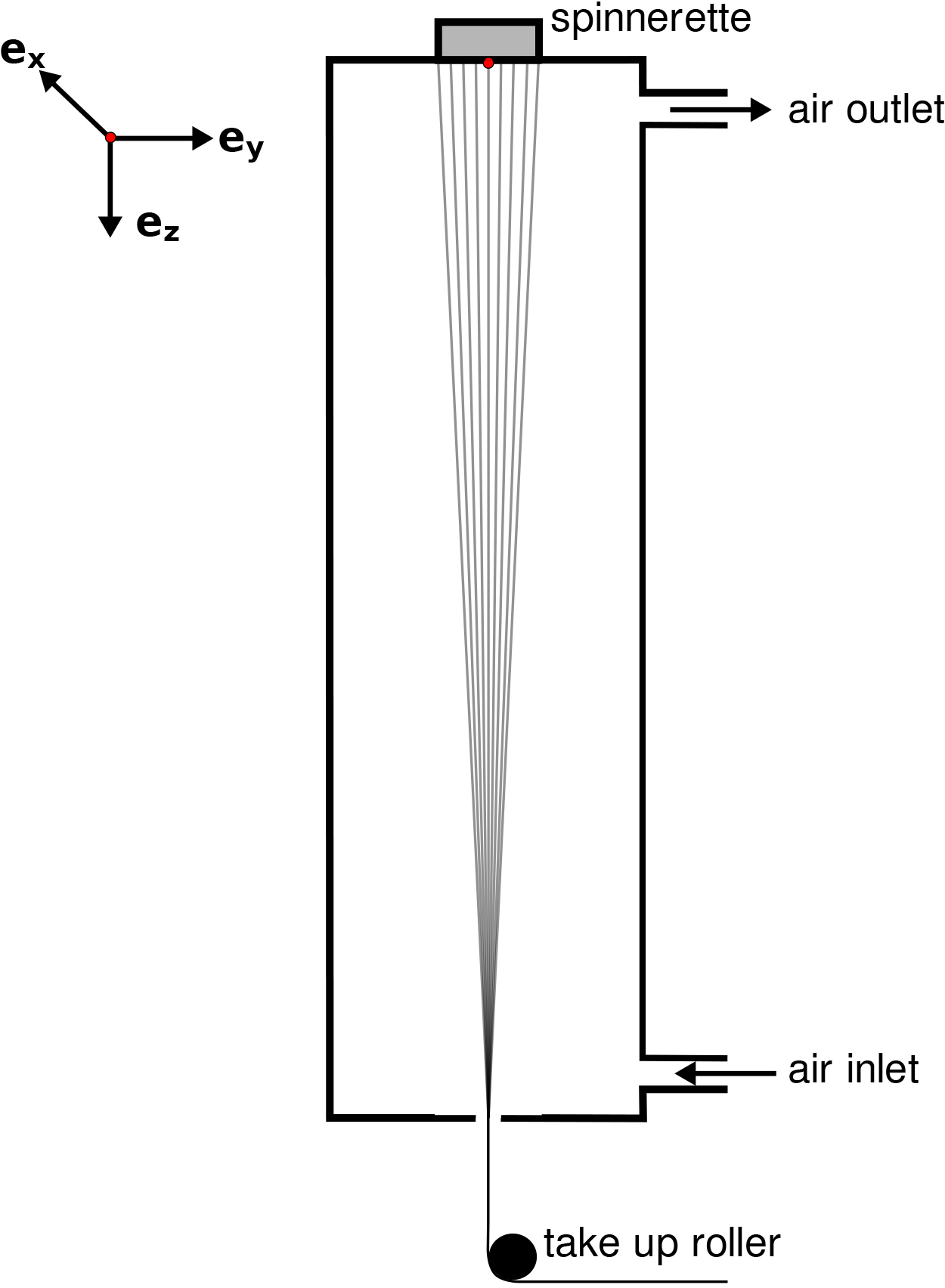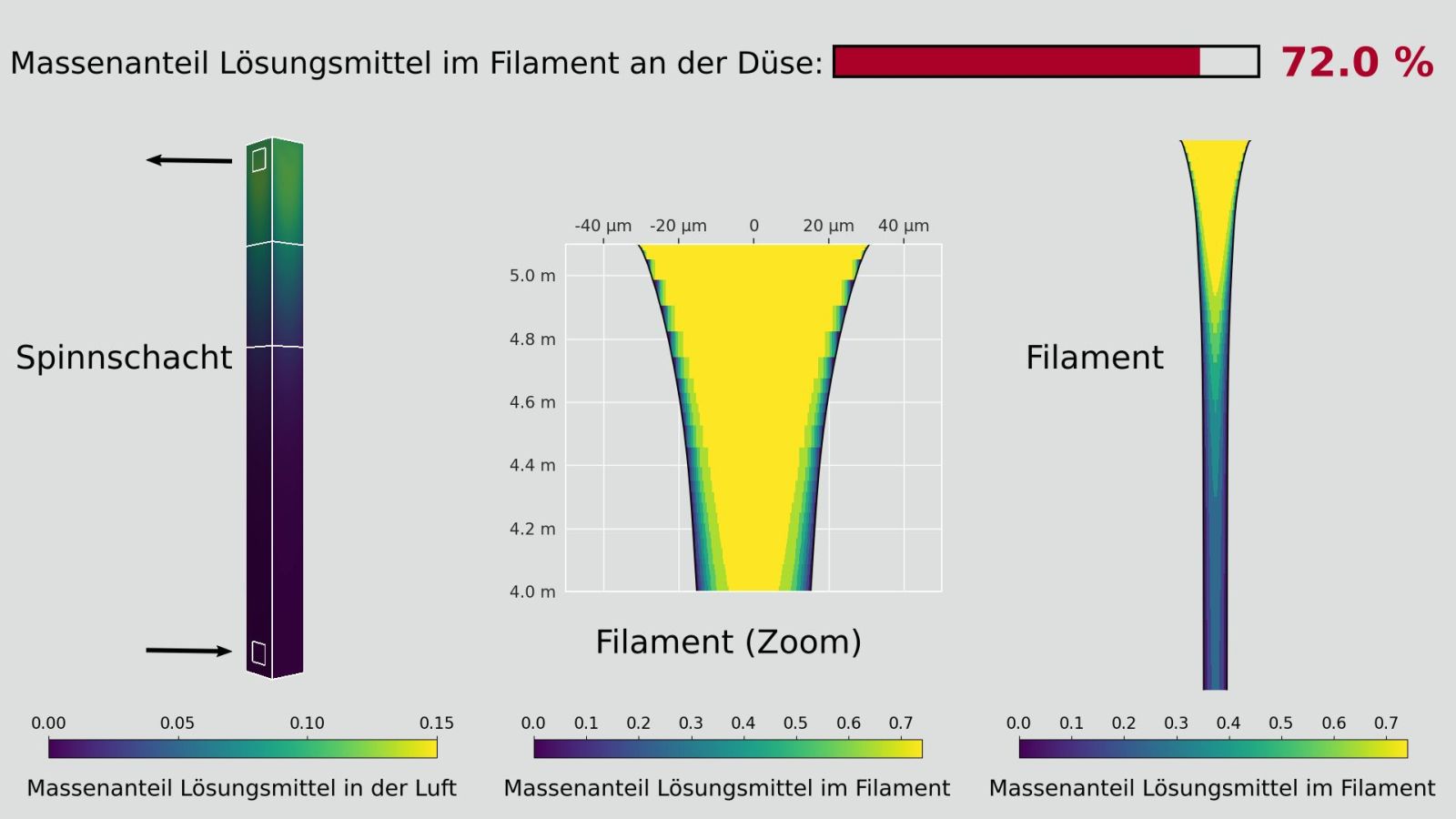Three Questions for Dr. Michael Rothmann, Head of Development, BJS Ceramics GmbH, Gersthofen
What distinguishes your company? What does BJS Ceramics do?
At BJS Ceramics, everything revolves around SiC fibers, a material that performs where other materials fail. Components made of SiC fibers can be used at 1500°C under aggressive conditions. One of many areas of application for this material is the hot gas range of aircraft turbines. By substituting metals the efficiency can be increased and the emission of CO2 and nitrogen oxides can be reduced. BJS thus makes an important contribution to achieving the EU's climate targets.
How is the cooperation with the Fraunhofer ITWM structured?
The cooperation is very practice-oriented. We discuss the questions on site directly at the plant. The experts from the ITWM then develop a solution and present it. In a first iteration, the basic suitability of the chosen approach is checked. After this proof-of-concept, the model is further refined before it is used. During the collaboration, we exchange information at regular meetings. This ensures that new questions can be quickly addressed and incorporated.
What is so special about the simulation? What is innovative?
In our current collaboration, we were able to simulate the entire spinning process for the first time. This was made possible by combining several simulation methods. This gives us an insight into previously inaccessible parts of the process. These results will enable us to carry out more targeted process optimization in the future and shorten our development cycles.


